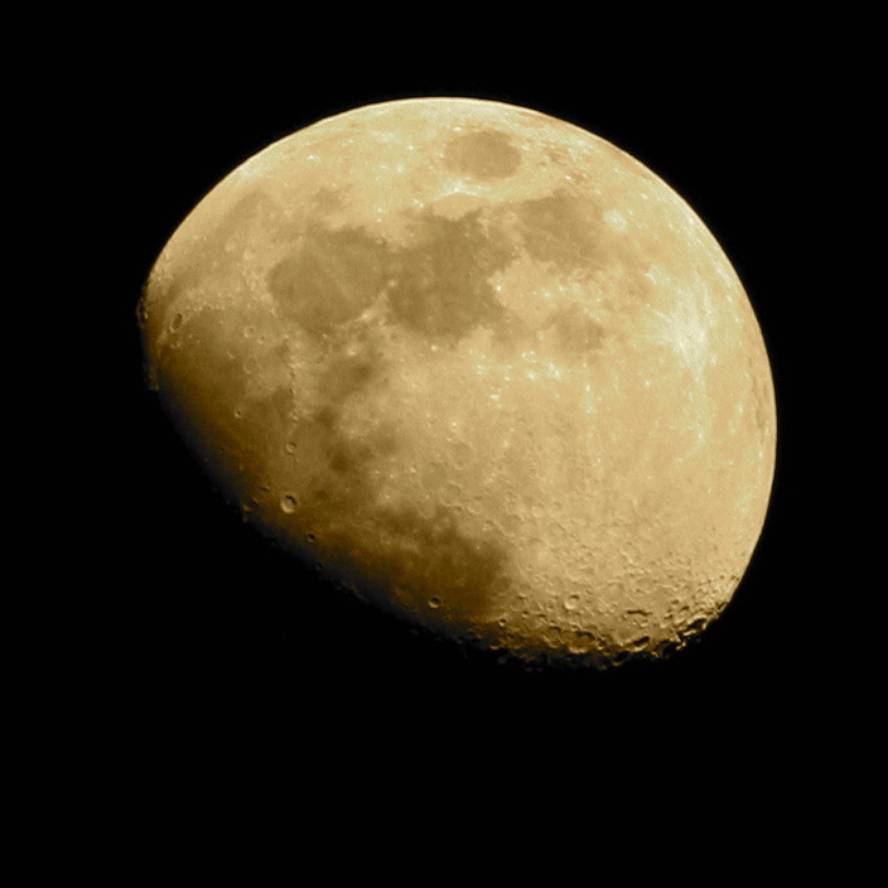The Moon is part of the Earth
Scientists believe that the Earth and Moon system is due to a clash between Earth and Theia, a planet the size of Mars. The collision caused a large amount of matter in the orbit around the Earth, a large number of magmas; gravity brought this magma together little by little, forming the Moon. But it was not clear how many magmas came from Earth and how many from Thei. A study on isotopes published in the journal Nature Geoscience has solved the doubt: Almost all of the matter the Moon created comes from Earth and not from Thei.
According to the best hypothesis so far, Thei came to 40%. But this hypothesis was under discussion since the minerals brought from the Moon were analyzed. The study of oxygen isotopes showed that the Moon has the same composition as the Earth before the impact. And the interpretation of this data focused on the discussion: some consider that the very distribution of the oxygen isotopes indicated that the matter of the Moon only came from the Earth, but others believe that the contribution of Theia cannot be discarded; it is possible that, after the shock, the oxygen atoms escape from the Earth's atmosphere into the isotope outer orbit became components of the Moon. According to this argument, the study of oxygen is not representative of the entire matter of the Moon. That is why they have conducted a study of isotopes based on an atom that is not oxygen.
The work has been done at the University of Chicago and the chosen element is titanium. Titanium has not been able to escape from Earth to the Moon and is more reliable to analyze its contribution. The result has been the same as in the case of oxygen isotopes, i.e., that Earth and Moon have the same isotope composition. Therefore, almost all matter of the Moon comes from the ancient Earth.






